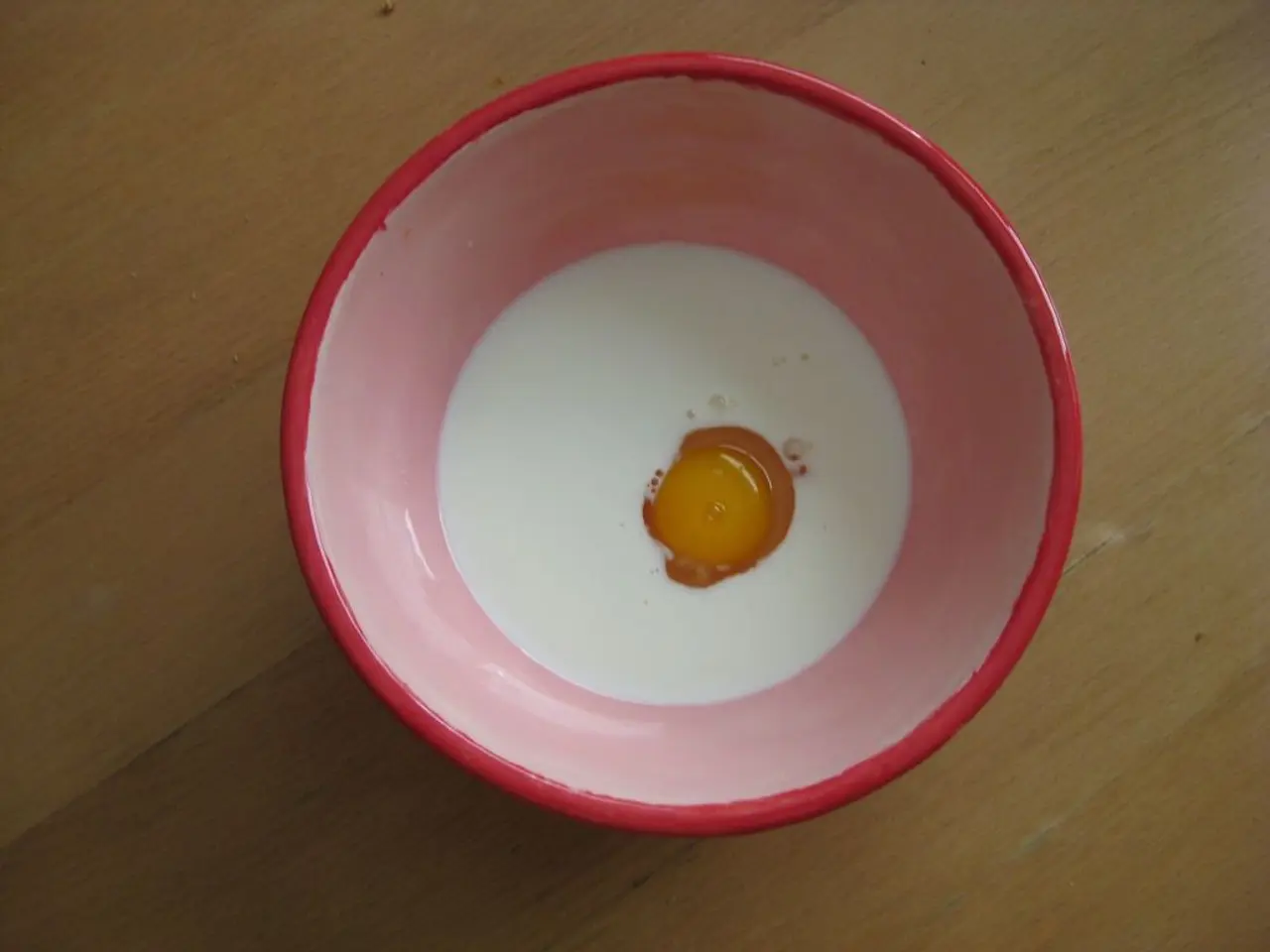Balancing Vaginal Microbiome with 5 Probiotic Strains
Bacterial vaginosis (BV), an overgrowth of bad bacteria in the vaginal area, is more common during a woman's reproductive years. Symptoms include inflammation, itching, burning, discharge, and an unpleasant smell.
A review published in the Journal of Lower Genital Tract Disease and several studies have explored the potential of probiotics, particularly those with top-performing Lactobacillus strains, in improving vaginal health and managing BV.
Key Lactobacillus Strains for BV Treatment and Prevention
Research has shown that BV occurs when the vaginal microbiome doesn't produce enough Lactobacillus bacteria species. To combat this, certain Lactobacillus strains have been identified as particularly effective.
- Lactobacillus crispatus and Lactobacillus jensenii are key to maintaining a low vaginal pH (~3.8–4.5) through the production of lactic acid and hydrogen peroxide (H2O2), which inhibit pathogen growth and help restore a healthy vaginal environment. L. crispatus is especially notable for its role in reducing Candida albicans biofilms and integrating into biofilms to disrupt pathogenic structure, thus increasing antimicrobial susceptibility.
- Lactobacillus rhamnosus GR-1 and Lactobacillus reuteri RC-14 are well-studied probiotic strains used to augment antibiotic therapy for BV. They have demonstrated immune modulating effects and direct antimicrobial activity against BV-associated pathogens, thus helping restore vaginal microbiota and reduce recurrence.
Other strains with reported antimicrobial and immunomodulatory potential include Lactiplantibacillus plantarum varieties and Lacticaseibacillus casei Shirota, though their efficacy for vaginal health is primarily supported by preclinical data and requires further clinical validation.
Clinical Evidence for Lactobacillus-Based Treatment
Clinical evidence suggests that probiotics containing these vaginal-specific Lactobacillus strains—especially administered intravaginally—are more effective than general probiotics, which often lack these key strains. Products like the live biotherapeutic LACTIN-V (containing L. crispatus) show promise in reducing BV recurrence following antibiotics, although it is not yet FDA-approved or widely available.
Maintaining a Healthy Vaginal Microbiome
In addition to probiotics, maintaining a healthy vaginal microbiome can help prevent BV. Eating less dietary sugar can help, as it doesn't feed the yeast and other bad bacteria in the vagina. Low estrogen can cause vaginal dryness and affect vaginal pH, and your doctor might recommend a topical estrogen cream, especially if you are perimenopausal or menopausal.
Bacterial Vaginosis is a topic covered by Mayo Clinic. For those prone to BV infections, taking probiotics containing Lactobacillus strains could improve treatment and reduce relapses. However, it's important to note that not all vaginal health probiotics on the market contain these effective strains.
In conclusion, Lactobacillus crispatus, Lactobacillus jensenii, Lactobacillus rhamnosus GR-1, and Lactobacillus reuteri RC-14 are the most relevant and effective Lactobacillus strains with antimicrobial properties for treating and preventing BV through pH regulation, antimicrobial compound production, biofilm disruption, and immune modulation.
- Inflammation and other symptoms of BV, such as itching, burning, discharge, and an unpleasant smell, can be managed through the use of specific Lactobacillus strains.
- The vaginal microbiome needs to produce enough Lactobacillus bacteria species to prevent BV from occurring.
- Lactobacillus crispatus and Lactobacillus jensenii are key strains that help maintain a healthy vaginal environment by producing lactic acid and hydrogen peroxide.
- L. crispatus is especially notable for its role in reducing Candida albicans biofilms and disrupting pathogenic structure.
- Lactobacillus rhamnosus GR-1 and Lactobacillus reuteri RC-14 are probiotic strains used to augment antibiotic therapy for BV.
- These strains have also demonstrated immune modulating effects and direct antimicrobial activity against BV-associated pathogens.
- Other strains with reported antimicrobial and immunomodulatory potential include Lactiplantibacillus plantarum varieties and Lacticaseibacillus casei Shirota.
- Clinical evidence suggests that probiotics containing these vaginal-specific Lactobacillus strains, especially those administered intravaginally, are more effective than general probiotics.
- Products like the live biotherapeutic LACTIN-V, containing L. crispatus, show promise in reducing BV recurrence following antibiotics.
- Maintaining a healthy vaginal microbiome can help prevent BV, and eating less dietary sugar can help as it doesn't feed the yeast and other bad bacteria in the vagina.
- Low estrogen can cause vaginal dryness and affect vaginal pH, and your doctor might recommend a topical estrogen cream, especially if you are perimenopausal or menopausal.
- BV is a topic covered by Mayo Clinic, and for those prone to BV infections, taking probiotics containing Lactobacillus strains could improve treatment and reduce relapses.
- However, it's important to note that not all vaginal health probiotics on the market contain these effective strains.
- Wellness and lifestyle choices can also play a role in managing BV and maintaining overall health and wellness.
- Fitness and exercise, skin care, mental health, and various therapies and treatments are important aspects of maintaining wellness.
- Autoimmune disorders, cancer, respiratory conditions, digestive health, eye health, hearing, skin conditions, cardiovascular health, and women's health are all areas that Science is continually working to improve through medical research and advancements.
- In the realm of alternative health, CBD is gaining popularity for its potential benefits in managing various medical conditions and promoting health and wellness, although more research is needed to fully understand its effects.




